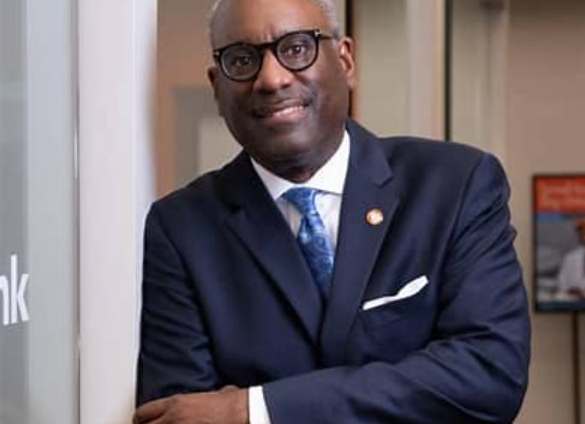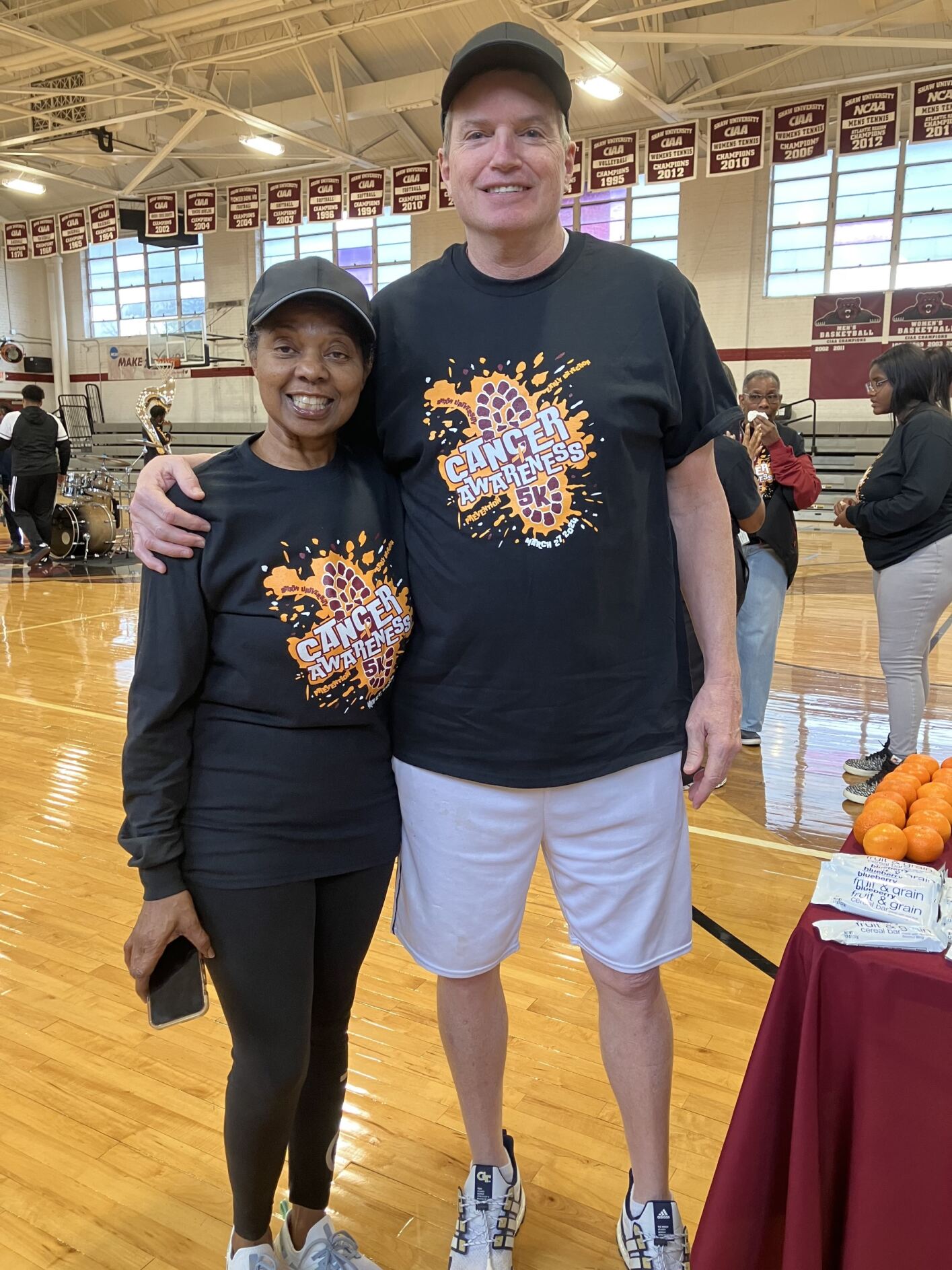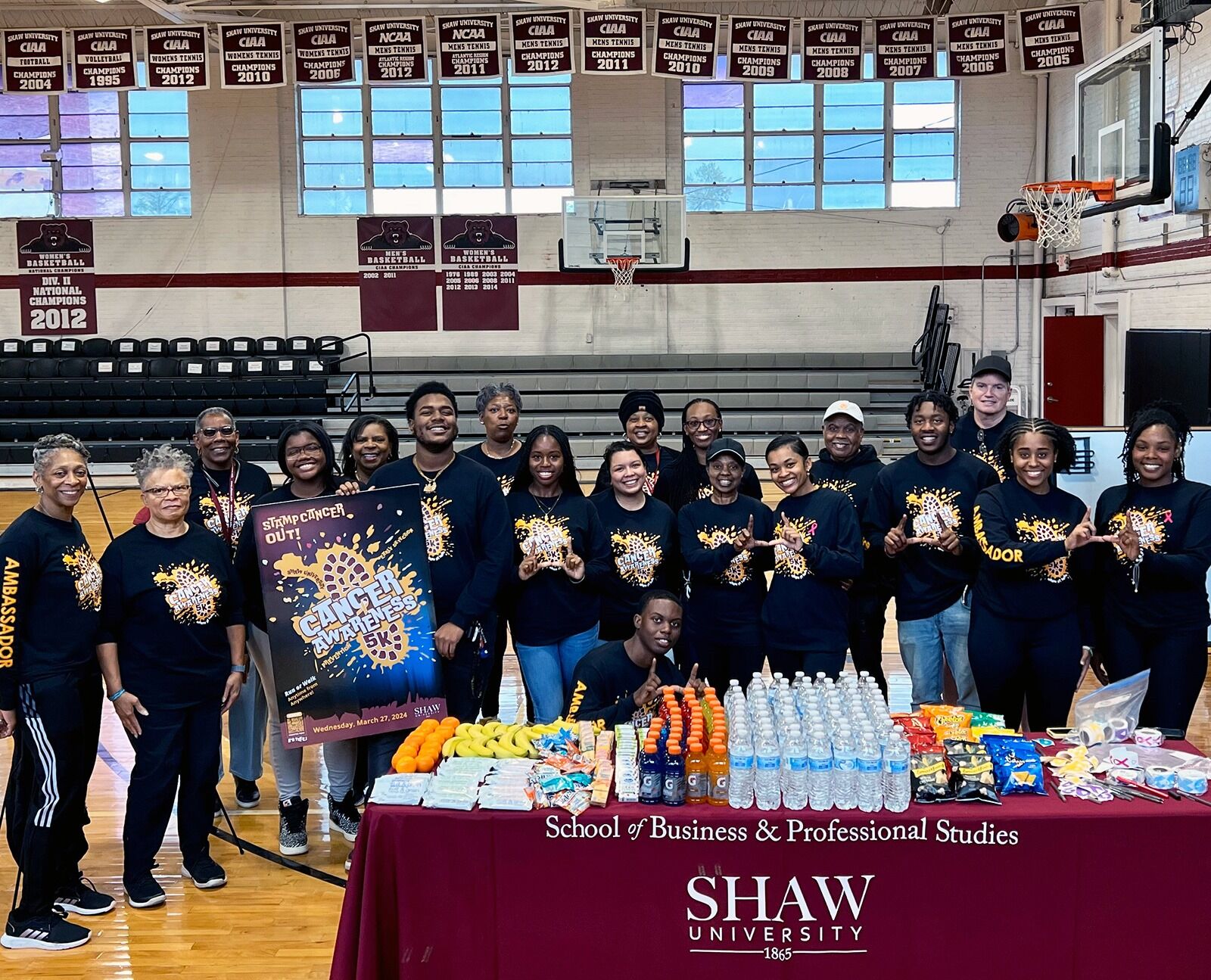Discover Future Bank Leaders

“As bankers, we all provide access to capital, and we can do more to reduce the wealth gap by recruiting more minority talent into the banking workforce. We all know that banking is a relationship business. People bank with people that look like them. I think it’s important to have bankers that look like the communities served. We have a tremendous need to have more diverse talent in commercial lending, financial analysis, credit underwriting and credit analysis. It’s my view that more diverse talent improves the overall banking system.”
Those were the words of Jim Sills, President and CEO at M&F Bank. That was also the impetus for the Future Bank Leaders Program, a concept that became reality during Sills’ tenure as Chair of the North Carolina Bankers Association Board of Directors.
The Future Bank Leaders Program consists of four pillars:
- Credit Essentials Certificate Class: a semester-long course taught by bankers to business majors at Historically Black Colleges and Universities (“HBCUs”) in N.C. Focused on the fundamentals of commercial lending, students passing the final exam earn RMA’s Credit Essentials Certificate, a credential highly regarded by the banking industry.
- Bankers in High Schools: bankers visit dozens of North Carolina classrooms to teach students financial literacy as a life skill. This one-time, 45-minute interactive session introduces students to finance fundamentals – including budgeting – and often for the first time allows them to interact personally with a banker.
- Scholarships: since its inception in 1984, this merit-based annual program has awarded more than $1.5 million in college scholarships to over 100 high school graduates whose parents are bankers in NC.
- Career Fairs: hosted on-site by HBCUs, these events allow NCBA member banks and students to introduce themselves to each other and network for potential internship and employment opportunities.

Recently, Sills sat down with the NCBA’s John Sullivan, Senior Director of the FBLP, to talk about how the program morphed from a personal observation to its current ideation, and where he sees it going in the future.
John Sullivan:
Banks in NC – and across the country – tell us the talent pipeline in the banking industry is an inverted funnel. There are people streaming out the bottom into retirement and not enough high-quality, diverse, young talent coming in at the top of the funnel who are capable of being developed to backfill for the retirees. Did you recognize this issue, and is that why you proposed the idea of the Future Bank Leaders Program to the NCBA Board?
Jim Sills:
Yes, because I’ve been in banking almost 40 years and it was very rare to come across a commercial banker or commercial underwriter that was an African American. As the demographics in the U.S. continue to change, it makes sense that banks have more commercial lenders, underwriters, and credit analysts who look like their diverse customer base.
John Sullivan:
Why was this idea for the FBLP important to you?
Jim Sills:
We need to reduce the wealth gap in this country. One way to do that is to have people of color in key banking positions who understand these diverse communities and those customers they serve. That helps everybody – customers because it makes capital more available to them; and banks because it’s good for business. Adding more diverse commercial lenders is a game-changer, especially for small and mid-size banks.
John Sullivan:
It’s been about 18 months since we launched the FBLA. What did you envision success would look like at this point in time?

Jim Sills:
Less than a year and a half ago we started with two HBCUs offering the Credit Essentials class with less than 20 students. Now we’ve doubled the number of schools and added 28 students, with the possibility of even more of both in 2025. Consider this: if we get to 10 HBCUs, each with 10 students earning the Credit Essentials Certificate, we could produce 100 new bankers a year. That’s impactful. I’m thrilled with what we’ve accomplished so far. It’s progressing the way I hoped. My biggest aspiration was that we would create something long lasting and that we would build a sustainable model. I’m confident we are doing that. And I want to thank the NCBA Board and Peter Gwaltney and team for supporting this initiative. It really means a lot to me to see the NCBA implement and build out “The Four Pillars” for this program over the last 2 years. They’ve done a great job !
John Sullivan:
What are your thoughts on the future of the program?
Jim Sills:
We’re on the right path. Going forward I’d like to see us partner with other NC universities and colleges. In addition, we should partner with other state banking associations, the ICBA and ABA to replicate what we’re doing. By doing so, we can address the diversity challenge not just in N.C banks, but in many banks across the country.
